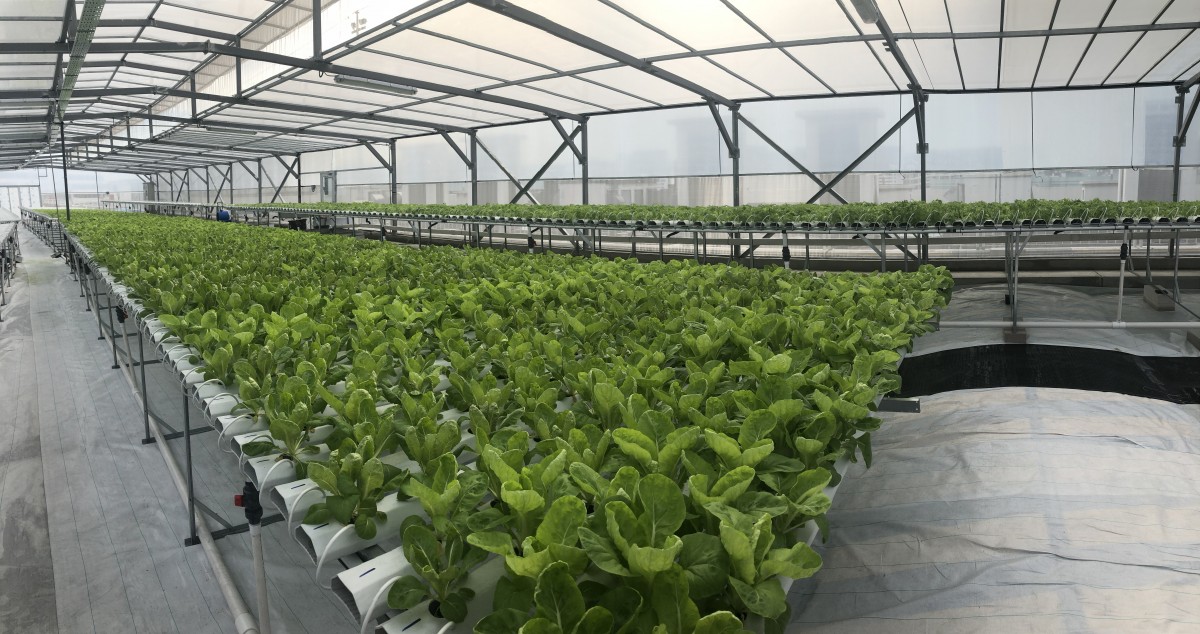Singapore Shows What Serious Urban Farming Looks LikeFrom what was once Singapore’s largest prison complex — the Queenstown Remand Prison, h...
Published on by Water Network Research, Official research team of The Water Network

From what was once Singapore’s largest prison complex — the Queenstown Remand Prison, housing about 1,000 inmates at its peak — an 8,000 square meter urban farm, Edible Garden City (EGC), now bursts with colorful vegetables and fragrant herbs. Co-founded by local resident Bjorn Low in 2012, EGC is one of Singapore’s first urban farming initiatives and is located inside the former prison compound. It is one of several efforts in the city-state to strengthen the island’s food security at a grassroots level. “Our goal was and is to encourage more locals to grow their own food and thus help strengthen the city’s food resilience,” says Sarah Rodriguez, EGC’s head of marketing.
RELATED STORIES
Empowering Communities to Feed Themselves in the Time of COVID-19
Hackathon Finds Solutions to Food Insecurity
How Policymakers Can Keep Food Flowing and on the Table During This Pandemic
Seed Savers Adapt Heirloom Crops to Protect History and Food Security
The COVID-19 pandemic has highlighted just how susceptible countries are to turmoil in the global food supply. This is an issue of particular concern to Singapore, which imports almost 90 percent of its food from more than 170 countries. For several years now, the city authorities have been preparing for just such a crisis. The Singapore Food Authority (SFA) launched its ambitious “30 by 30” initiative in 2019, with the objective of producing 30 percent of Singapore’s nutritional needs locally by the year 2030. Supported by a mix of government grants and incentives, 30 by 30 will test the limits of urban food production. At last count in 2019, the city had 220 farms, and was meeting 14 percent of its demand for leafy vegetables, 26 percent for eggs and 10 percent for fish.
Vertical farms feed an island
As recently as 1970, nearly one in 10 Singaporeans was engaged in farming or fishing, either directly or indirectly. Orchards and pig farms dotted the island, and many residents grew fresh vegetables and raised backyard chickens. In the ‘70s and ‘80s, however, most of these occupations disappeared from the rapidly urbanizing city-state. Competing demands for land use led to agriculture being limited to about one percent of the land. Singapore’s food supply grew increasingly reliant on imports....
Attached link
https://nextcity.org/daily/entry/singapore-shows-what-serious-urban-farming-looks-likeTaxonomy
- Urban Agriculture